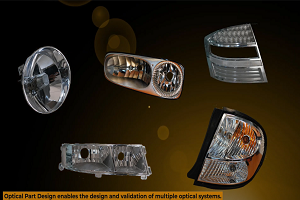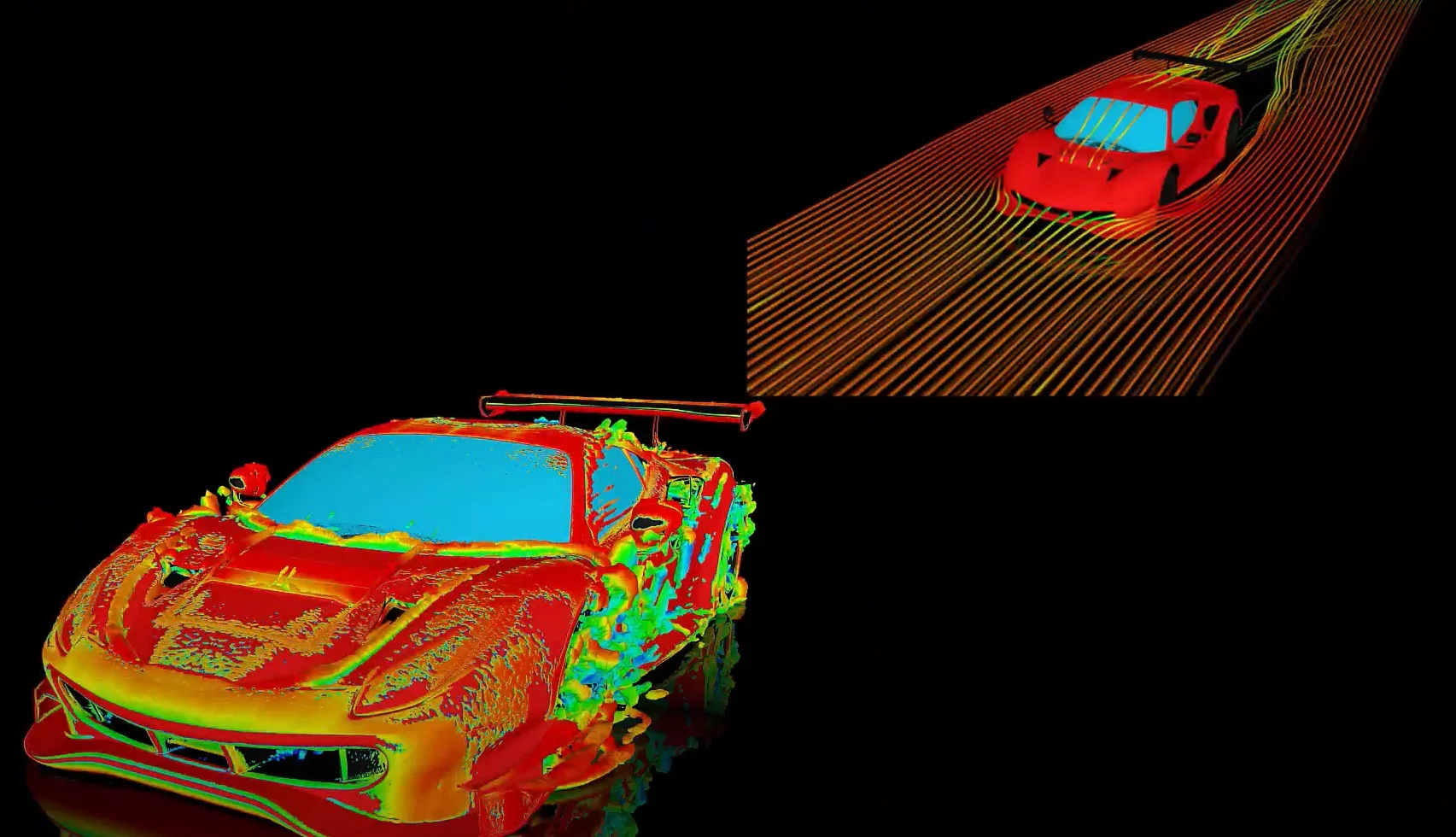-
-
April 5, 2023 at 2:32 pm
 FAQParticipant
FAQParticipantThe answer is No. The Nastran .dmig file is a text file that acts basically like our superelement binary file (.sub). It is used to represent the stiffness (and mass) of the structure without supplying the FEA details. In order to do this in a practical manner, though, the user needs to specify the master DOF and perform a substructure analysis. Basically, we don’t just dump the [K] matrix from the .full file as a .dmig file because the .full file contains the entire FEA mesh and thus has a lot of unnecessary information. Instead, what should be done is to identify the ‘attachment points’ (where this model will ‘connect’ to other parts in the other model), and the stiffness (and mass) matrix of the subassembly will be calculated in a substructure generation pass. This is in the .sub file, which can then be exported to a .dmig file.
-


Introducing Ansys Electronics Desktop on Ansys Cloud
The Watch & Learn video article provides an overview of cloud computing from Electronics Desktop and details the product licenses and subscriptions to ANSYS Cloud Service that are...

How to Create a Reflector for a Center High-Mounted Stop Lamp (CHMSL)
This video article demonstrates how to create a reflector for a center high-mounted stop lamp. Optical Part design in Ansys SPEOS enables the design and validation of multiple...

Introducing the GEKO Turbulence Model in Ansys Fluent
The GEKO (GEneralized K-Omega) turbulence model offers a flexible, robust, general-purpose approach to RANS turbulence modeling. Introducing 2 videos: Part 1 provides background information on the model and a...

Postprocessing on Ansys EnSight
This video demonstrates exporting data from Fluent in EnSight Case Gold format, and it reviews the basic postprocessing capabilities of EnSight.

- How to setup Initial, Minimum and Maximum time step in Transient analysis?
- How to define variable thickness shell elements in ANSYS Mechanical? Is there any verification example of the variable thickness shell modal analysis available?
- In Workbench Mechanical, how can I obtain strain energy output for Modal analysis?
- In a random vibration analysis, what is “GRMS” and how can it be calculated?
- Why is damped frequency is lower than undamped frequency with viscous damping but larger with structural damping?
- How to apply application-based settings to improve the performance and robustness of transient structural analyses?
- How to include effect of bolt pretension in a modal analysis?
- In the results of a modal analysis, how can I define that a frequency is an output parameter ?
- Presentation on shock analysis using response spectrum and transient dynamics
- How can I specify acceleration at a node? Could I use the ‘big mass method’?

© 2025 Copyright ANSYS, Inc. All rights reserved.

